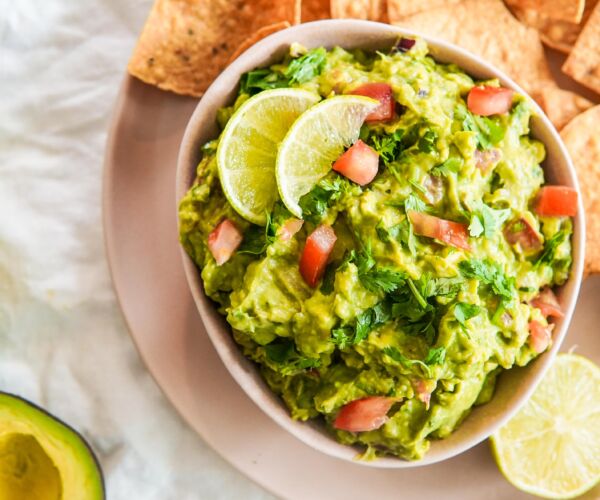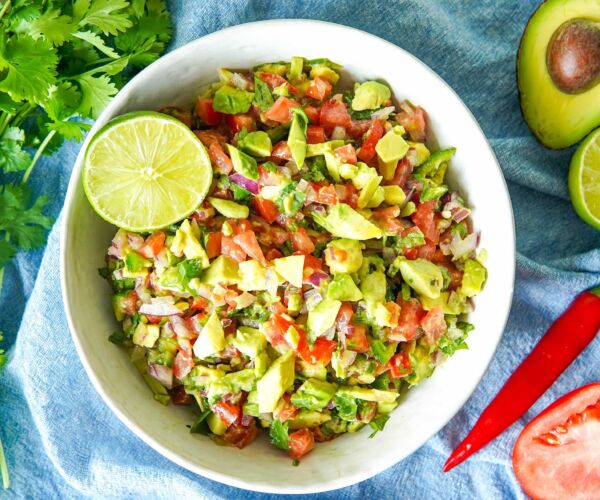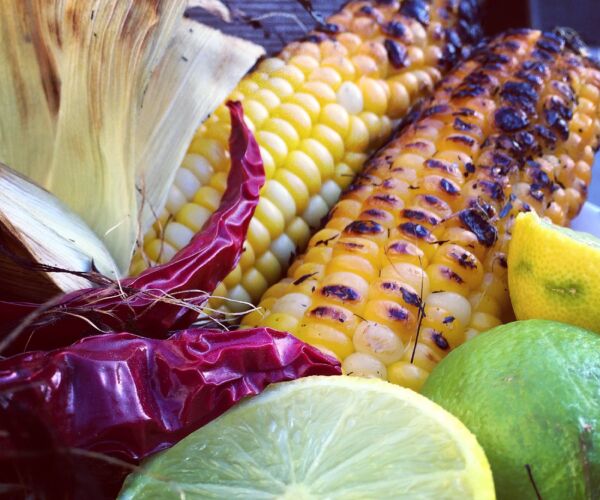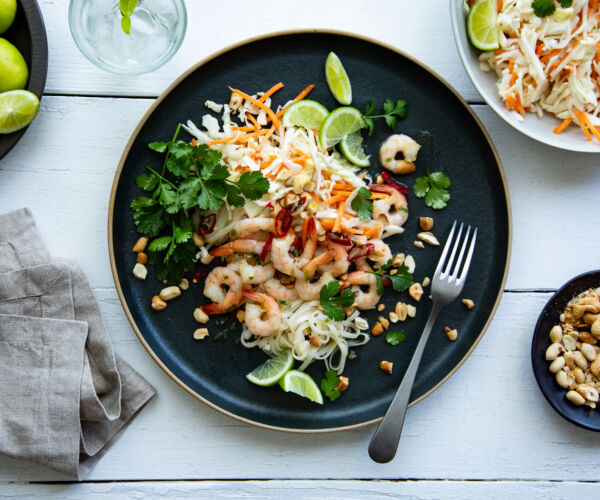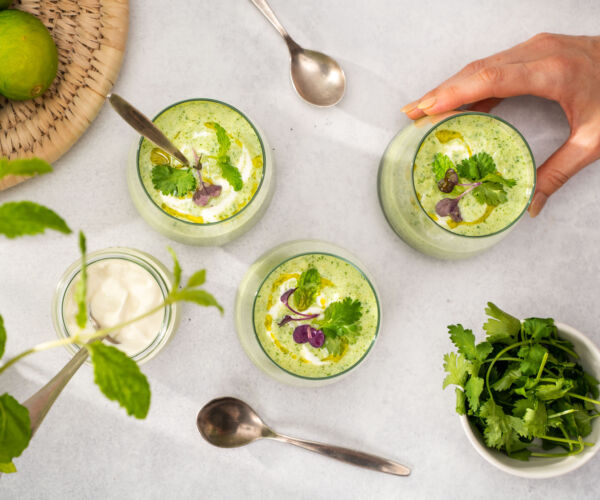Chilli
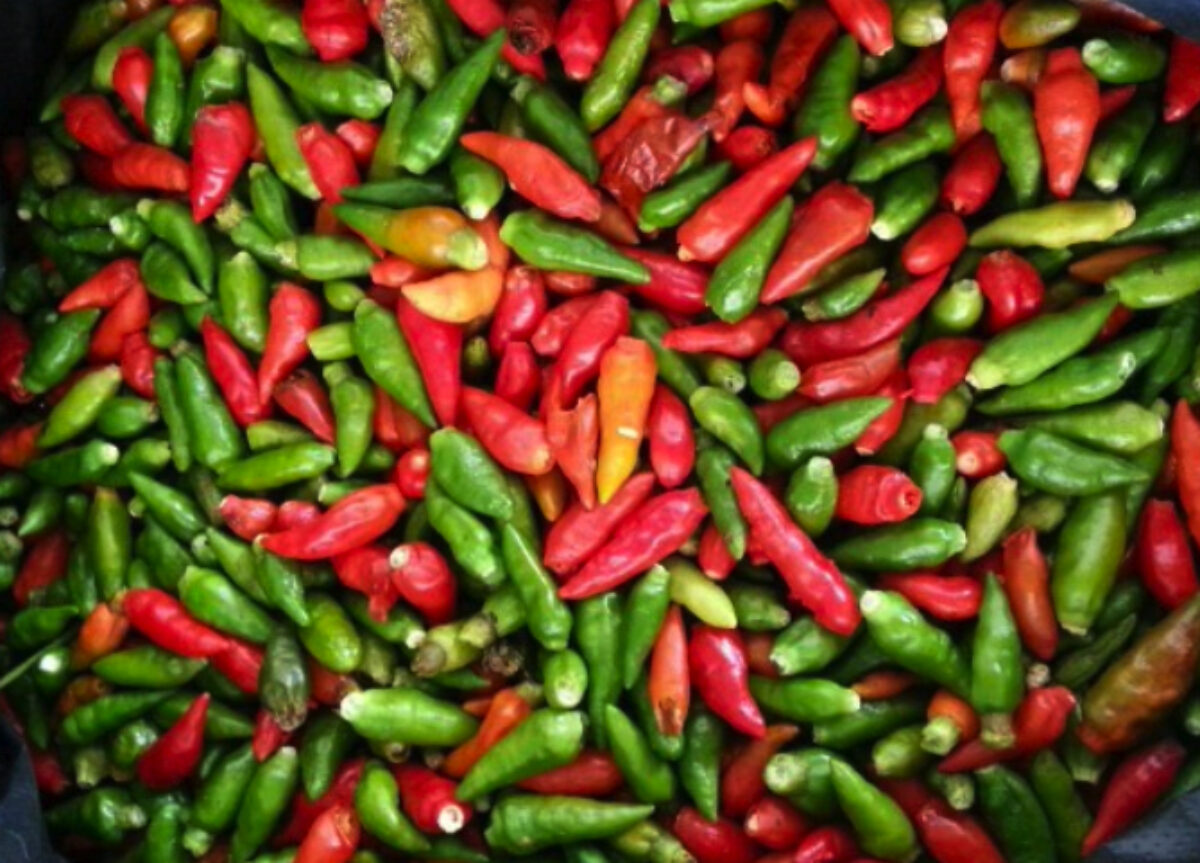
Chilli/Hiri
Availability
April to June, availability is sometimes limited.
Storage and Handling
Store at room temperature, they will dry out but are still ok to use. You can also freeze chillies. Handle all fresh produce with care and wash before eating.
History
Chilli peppers are thought to be one of the first plants domesticated in Central America. There is evidence of them being eaten as early as 7500BC! Chilli peppers were brought to Asia in the 16 century by the Portuguese.
Facts
- Chilli peppers are related to the sweet pepper
- There are literally hundreds of varieties of chilli peppers. Some are definitely more suited to particular end uses than others
- If using them raw it is essential to select a variety which doesn’t have a tough skin
- It is quite normal for many chillies to change colour as they ripen and the colour transition is often green to black/brown to red. The intensity of the heat also increases as the chilli ripens
- Although all chilli peppers are hot, some are hotter than others. As a general rule, the smaller the pepper, the darker the colour, the more pointed the top and narrower the shoulders, the hotter it will be - although there are quite a few exceptions
- India is the largest producer, consumer and exporter of chilli peppers
- Exotics: Thai Hots are preferred in many Asian dishes. They are a small long thin chilli and are available either red or green
- Haberno: (sometimes called Scotch Bonnet) is a Mexican chilli, which is a very attractive looking light green to orange coloured pod. It is extremely hot with an aromatic fruity flavour. Haberno is said to be the hottest chilli grown commercially
- Wax: The Hungarian Yellow Wax Hot is a large long chilli, which is very mild and is picked when a green/yellow colour. If left to ripen it goes orange and becomes very hot. A banana chilli is similar to this
- Jalapeno: Jalapeno is a roundish chilli which is available in green and red. Green Jalapeno is most commonly used raw, sliced on nachos or in a salsa. Red Jalapeno has tough skin and is best not used raw but rather in sauces, pickles or dried
- Dutch Red: This chilli has a rather leathery texture
- Cayenne Peppers: The two most commonly found in New Zealand are the Asian Cayenne Pepper that is green or the Mexican Pepper that is red
- New Mexican: Anaheim is a large chilli pepper that naturally ripens green to black/brown to red
South American Yellow: A medium sized, dark yellow chilli pepper
Growing Facts
- Plant chilli from September until December
- They will harvest in about 65 to 80 days
- Chillies require around three months of warm weather to grow well
Nutrition Information
Red chillies are a good source of vitamins A and C and a source of niacin (vitamin B3) and vitamin B6.
You will find the full Nutrition Information Panel on the New Zealand Food Composition Data website. This website is owned jointly by Plant & Food Research and the Manatū Hauora Ministry of Health. This website holds the most comprehensive collection of high-quality nutrient data for New Zealand foods. The Database is managed and maintained by dedicated Plant & Food Research staff.

